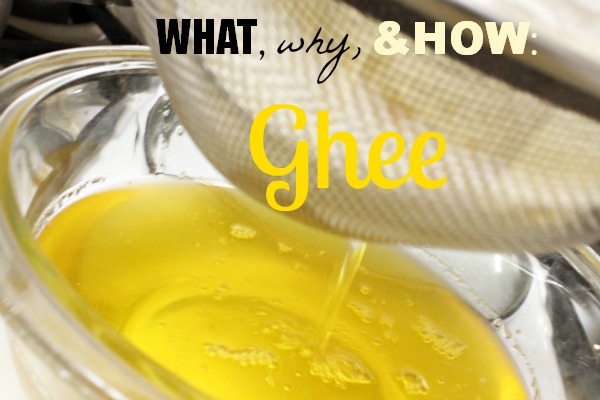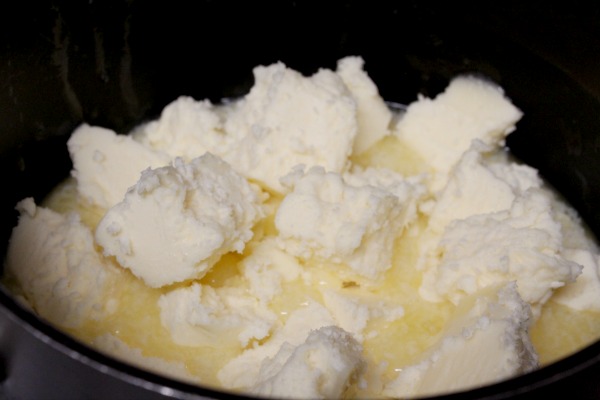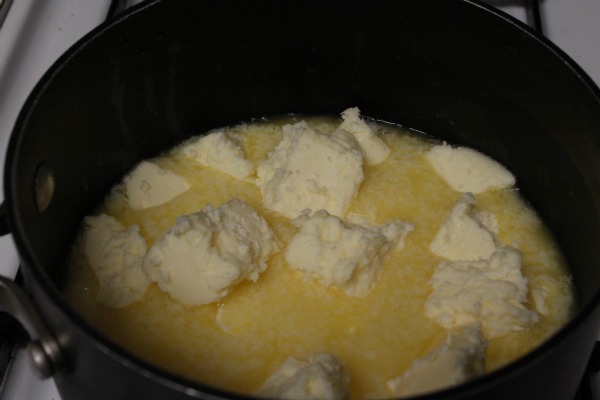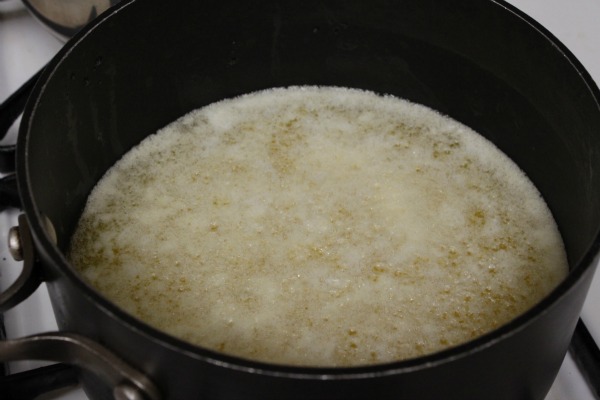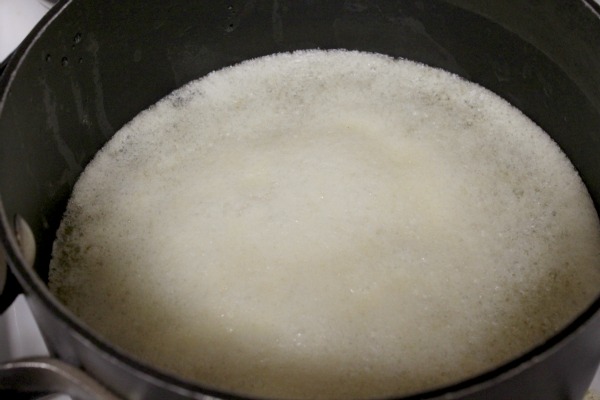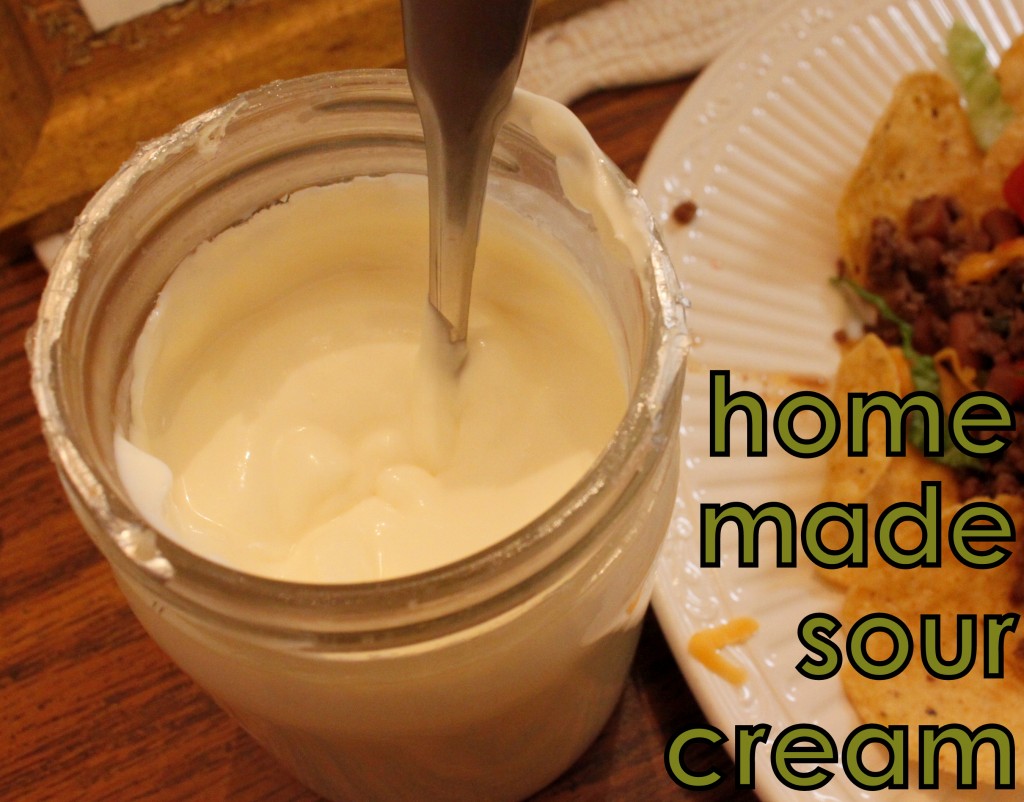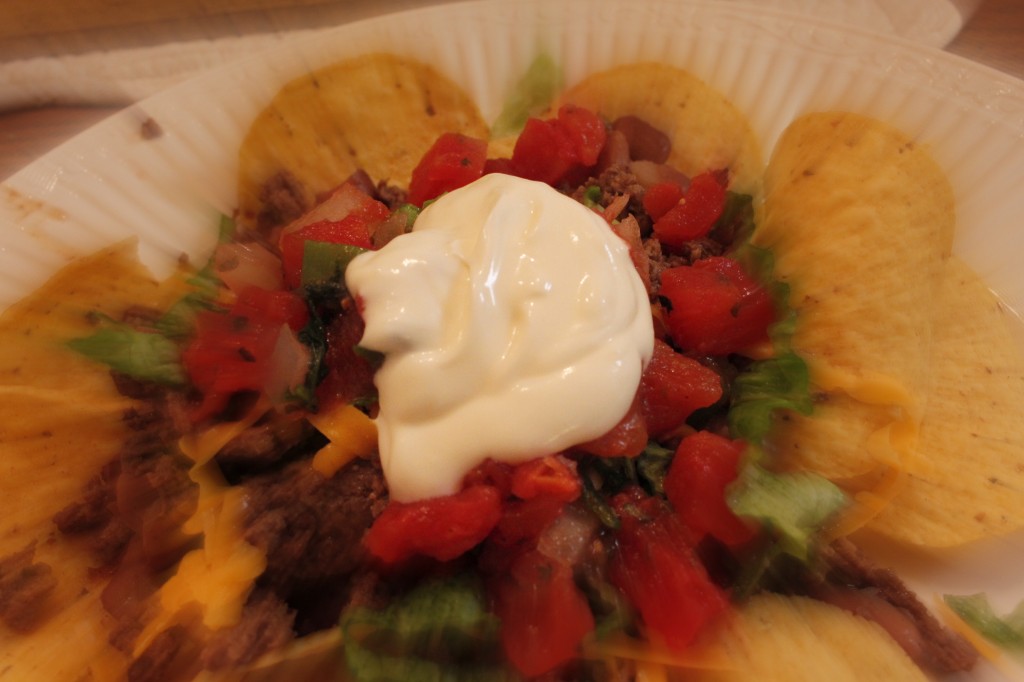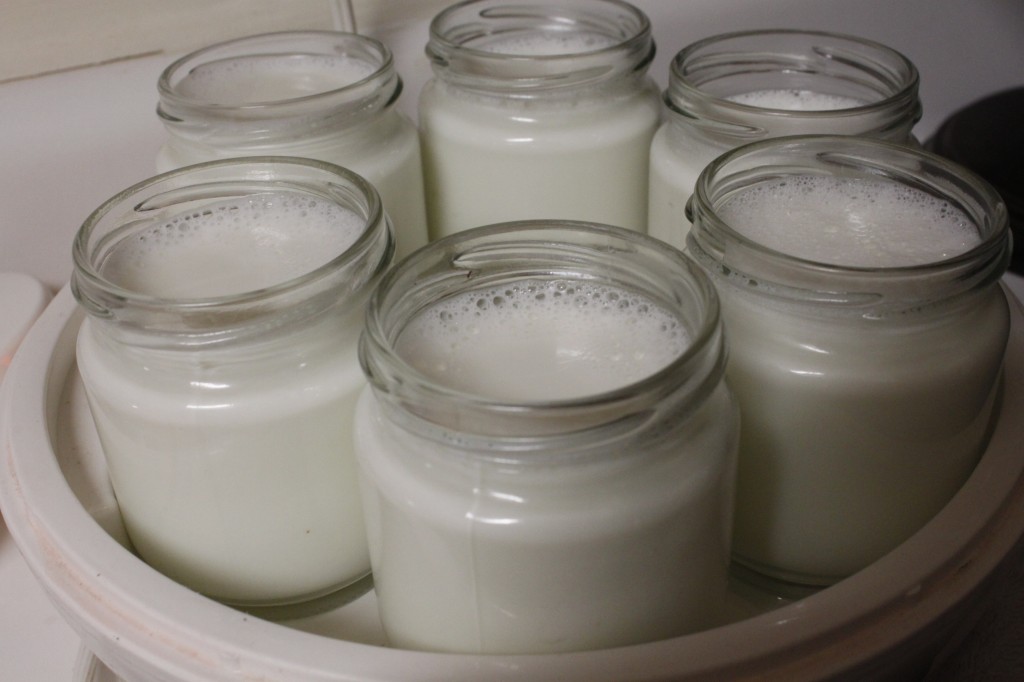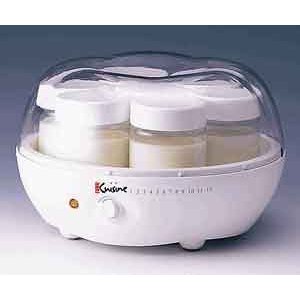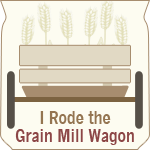One of my resolutions this year was to make more of my own dairy products: cheese, butter, sour cream, and the like. And while I’ve actually conquered quite a few of the items on my list, so far, I’ve only shared Sour Cream and Homemade Yogurt with you here. It’s about time to make another item on my list, so today I will show you how to make ghee.
What’s Ghee?
Ghee is butter that has been boiled down to remove the milk solids, leaving behind only the fat. It has a caramel-esque flavor that, if possible, improves upon the amazingness that butter already is.
What Do You Do With Ghee?
Anything that you would do with butter! It’s particularly useful for frying because it has a higher smoke point than butter does. I have used it instead of straight butter in some baking recipes, too, but because it’s pure fat (all the sugars and water have been cooked out), it can be a little more greasy, so you do have to make some adjustments when baking.
Why Ghee?
For one thing, the amazing flavor. It just can’t be beat, and you don’t know what I’m talking about until you’ve actually tasted it. Yum!
For another, it lasts a really long time. If you’ve made it successfully, it should last indefinitely in the fridge and for several months (at least) room temperature.
As you can see, it is extremely stable, which is the most desirable quality when it comes to fats. Unstable fats = free radicals = disease. Always choose stable (saturated) fats.
Ghee is often tolerated by those intolerant to lactose - but test it carefully first! Don’t make any assumptions. Also, some people with dairy allergies can tolerate ghee. (Not my Certain Little Someone, sadly. We tried it.)
Ghee is digested more readily than butter, making its nutrients more readily available to the body. Like other saturated fats, it also aids the body in the absorption of vitamins and minerals from foods eaten together with it.
In traditional Indian Ayurvedic medicine, ghee is said to be useful for maintaining healthy skin and eyes, and is good for enhancing memory and brain function. (Gimme some more of that stuff!!)
Why Make Your Own Ghee?
If you’ve ever priced ghee in the store, the answer to this question is quite obvious. For example, at Amazon.com, Purity Farms 13-oz container of ghee is $8.31 right now. I could make that same amount myself with farm-fresh butter for less than $5 (Right now, I could make it for $3.50, the sale price of butter at my local farm.).
And it is brain-dead easy. Seriously.
Don’t believe me? Here’s the short version of the instructions:
Melt butter. Simmer it. Simmer more. A little more. OK, done.
Oh, you need a little more than that? All right, here ya go:
How to Make Ghee
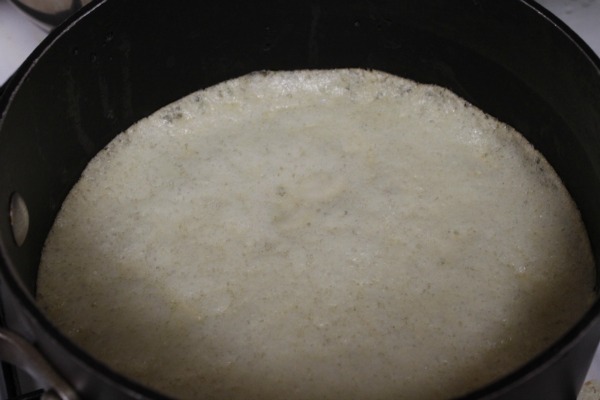
The foam that develops on the surface is the water cooking out of the butter. The milk solids should be settling on the bottom of the pot. In between the two is the rich golden ghee.
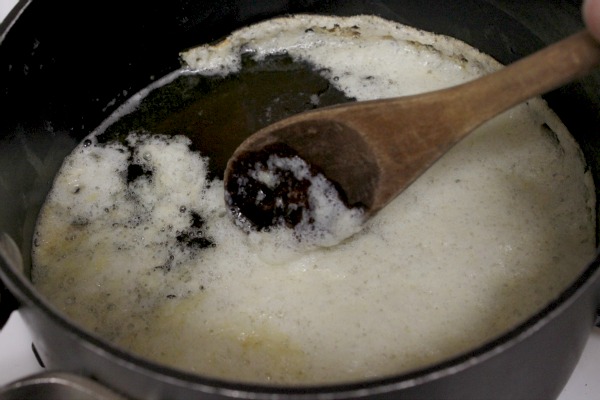
Very gently, so as not to disturb the milk solids on the bottom of the pan, skim the foam off the top.

When the liquid under the foam is a nice golden color and smells like popcorn, the ghee is done. Let it cool slightly, then pour it through a mesh strainer lined with cloth or paper towels into a bowl. Be sure no particles are left in the liquid.
And that’s ghee! Told ya it was easy. The hardest part is discerning when it’s finally done, but honestly, if you err on the side of caution it will be fine. It might not last quite as long or be quite as “pure”, but it’s still butter and it will still taste good. However, if you let it go too long, it will definitely burn, so you don’t want that to happen. Hence the reminder to keep the heat on low! The whole process should take about half an hour or so, more if you’re making a larger batch.
You can make as little or as much as you want. I’ve made as little as 1/2 a pound of butter, and as much as 2 lbs. and both were fine. Clearly, you’ll have to watch a smaller batch even more carefully so as not to burn it.
Sharing at Titus 2sday, Traditional Tuesday, Teach me Tuesday, Domestically Divine Tuesday, Healthy 2Day Wednesday, Women Living Well Wednesday, Works for Me Wednesday, The Mommy Club, Frugal Days Sustainable Ways, Simple Lives Thursday, Your Green Resource, Frugal Friday, Feasting in Fellowship Friday, Natural Living Monday, Homestead Barn Hop, Better Mom Monday,
